How To – Change Your Brake Pads
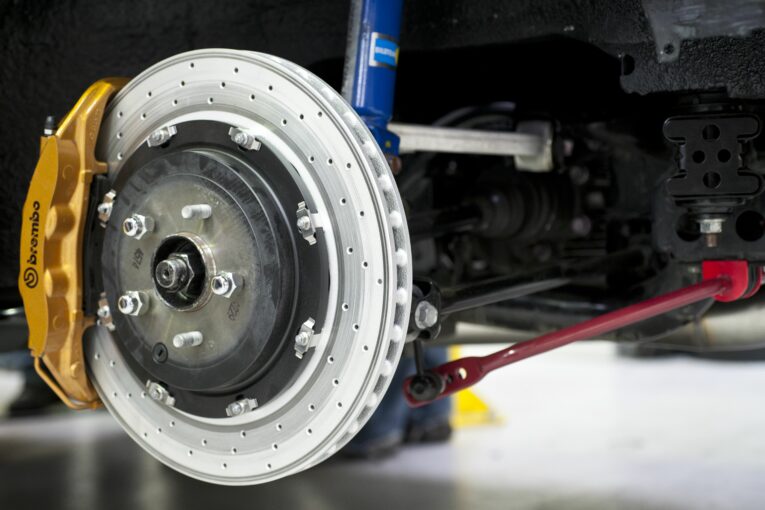
Difficulty
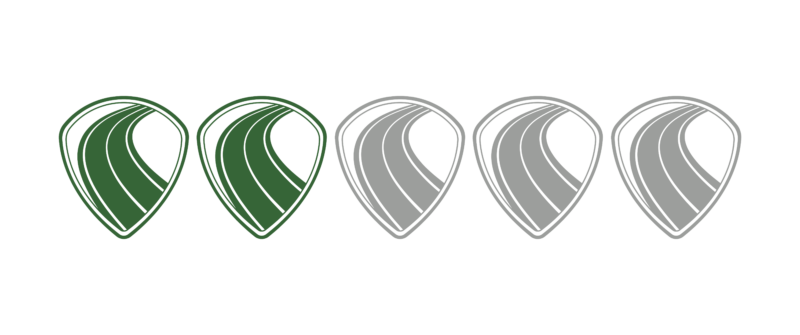
What Do I Need?
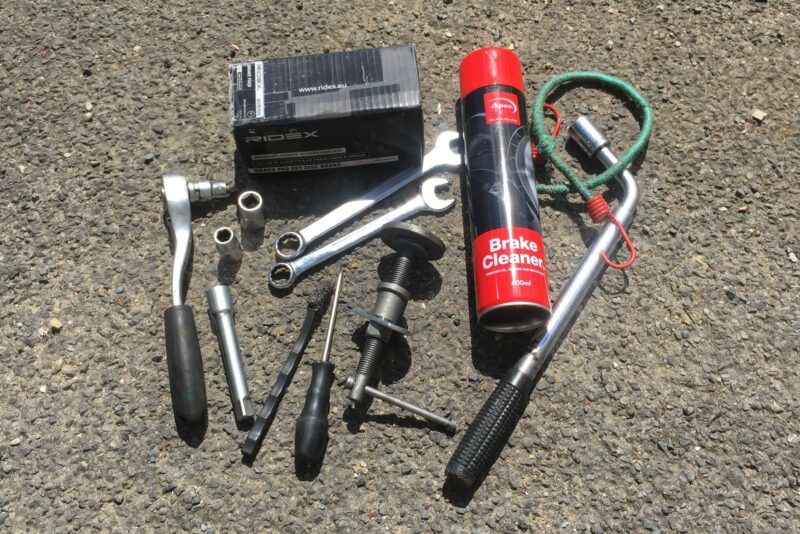
New brake pads specific to your vehicle
Wrench and sockets/spanners of the correct size
Caliper wind back tool or equivalent
Torque wrench
Brake cleaner and a wire brush (optional)
Bunjee cord (optional)
Why Should I?
The braking system is one of the most important aspects of your classic car’s operation. Poorly maintained or ineffective brakes are a recipe for disaster and so the correct and efficient setup of the entire braking system is a must. It’s one thing if you can’t get the gearbox to shift into fourth, or your sunroof doesn’t quite open all the way, but if your brakes aren’t working properly then it can literally be life or death. Decent brake pads that are not overly worn are essential in effectively stopping the car as they provide the necessary friction against the discs required to slow you down.
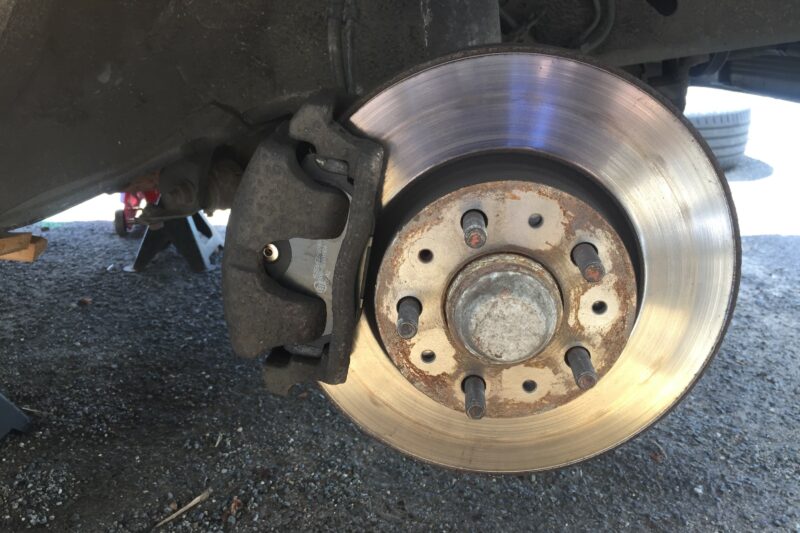
Brake pads need to be renewed every 30,000 to 70,000 miles or when they have become compromised. They are relatively inexpensive items and should be replaced regularly. They are just one aspect of a car’s braking system, however and it’s usually good practice to replace the discs and pads together while you’re at it but for the purpose of this article we will concentrate on the pads only. Make sure to check out our other how to articles though where we not only show you how to change the discs but bleed the whole system too.
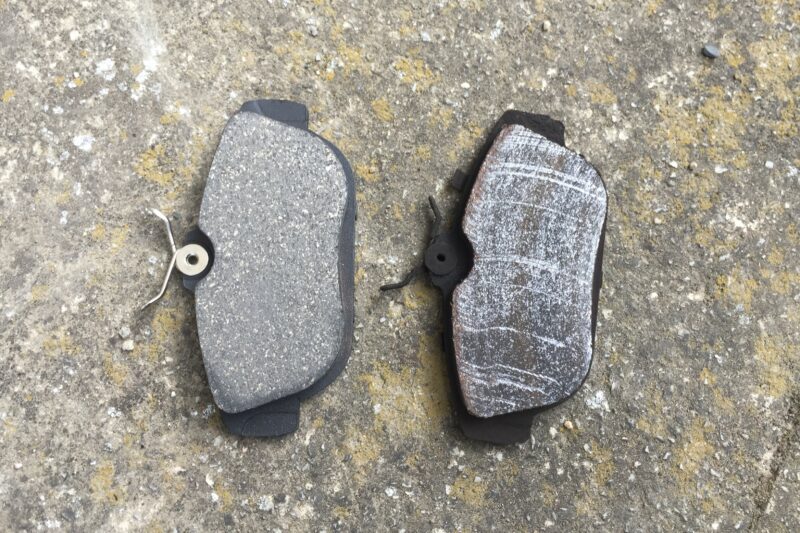
New brake pads vs old
Talk Me Through It
NB: when replacing brake pads always do both sides of the car (offside and nearside) together.
1) Loosen the wheel nuts and then jack up the car and get it on some axle stands.
2) Remove the wheel and spray some release fluid onto the caliper bolts. These can be stubborn little blighters so be patient.
3) Depending on the type of fixing holding your caliper to the caliper bracket select the correct tool (whether that be a socket wrench, spanner or Allen key) and undo the bolts.
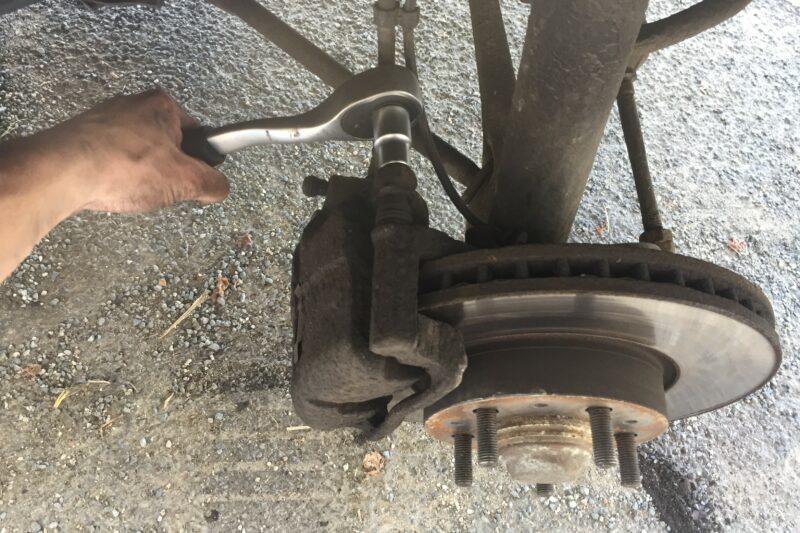
4) Remove the caliper containing the old brake pads from the brake disc taking care not to put any pressure on the flexible brake hoses then locate and open the brake fluid reservoir placing a towel around it to catch any fluid that is expunged when winding back the brake pistons. Top tip: it’s a good idea to hang the caliper from the suspension spring or similar fixing with a bunjee cord to prevent this.
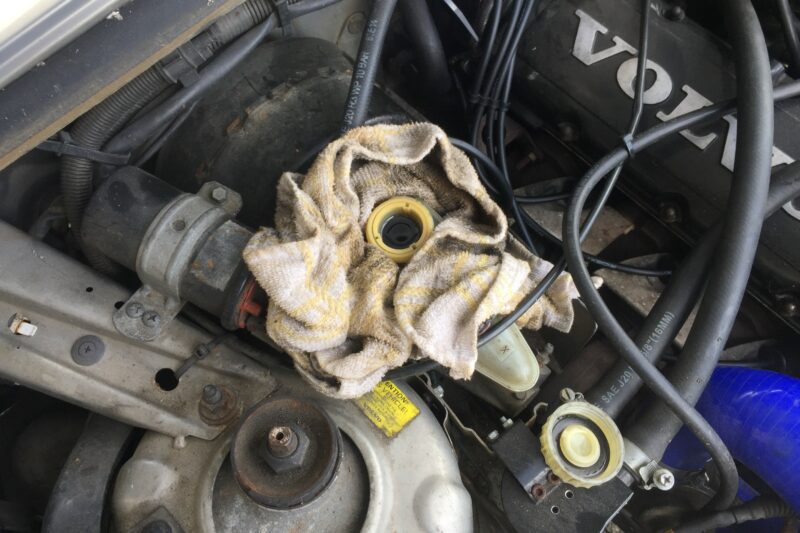
5) Discard the old brake pads and using a caliper wind back tool or equivalent carefully push the pistons back into the caliper to allow sufficient space for the new, thicker brake pads.
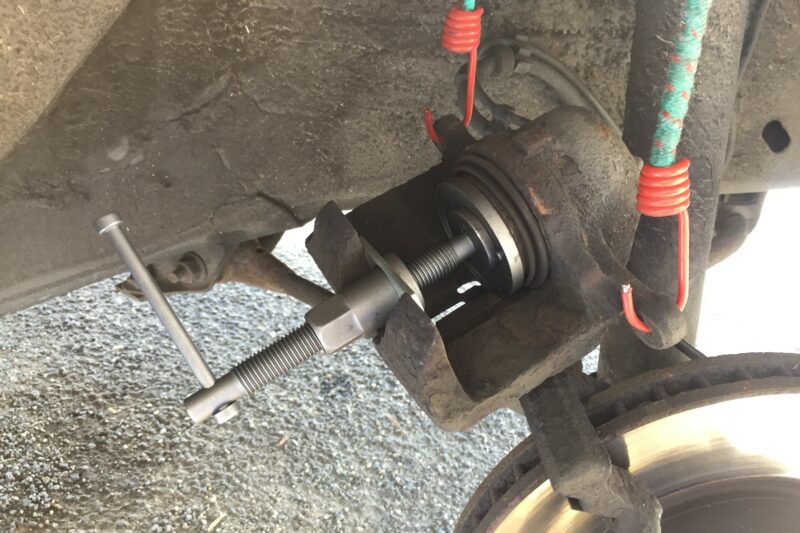
6) Install the new brake pads into the caliper or via the caliper bracket depending on your particular brake setup. Replace the brake fluid reservoir cap, topping up any fluid as necessary before re-installing the brake caliper onto the bracket and disc and torque the bolts to spec.
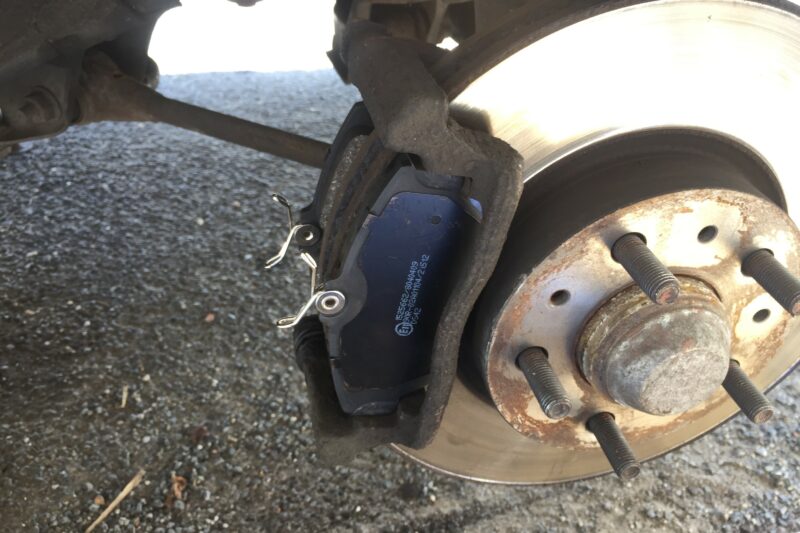
7) Check that the brakes work correctly before driving and that the brake pedal feels solid. If the pedal feels spongy it may be necessary to bleed the system.
8) Bed in the new brake pads in accordance with the manufacturer’s recommendations to allow for a good mating area between the pad and the disc surface.
Conclusion
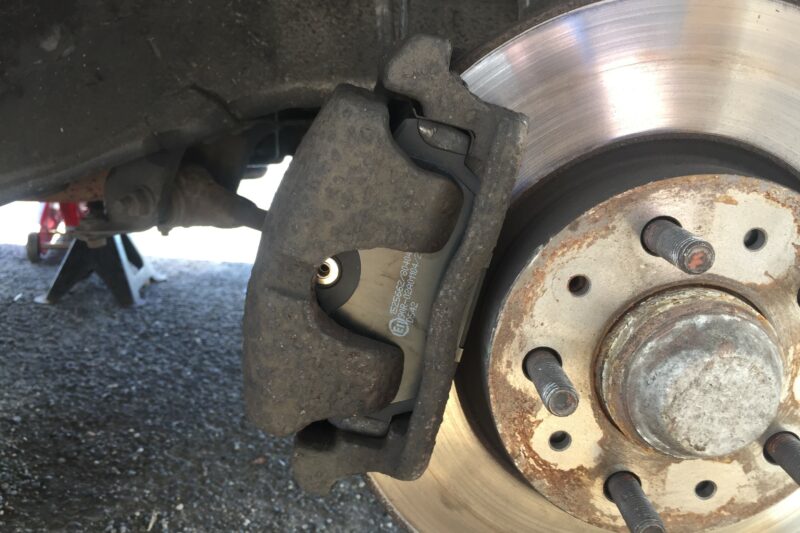
Essentially, changing brake pads is a simple case of removing a couple of bolts. It’s an incredibly easy job and one that everyone who tinkers with their classics should master. As mentioned, effective brakes are an absolute must and regularly changing your pads and discs is essential in achieving just that. Not only that but becoming acquainted with the braking system of your vehicle will stand you in good stead for identifying and diagnosing potential problems with the system in the future, all the while saving you money on unnecessary garage bills.


